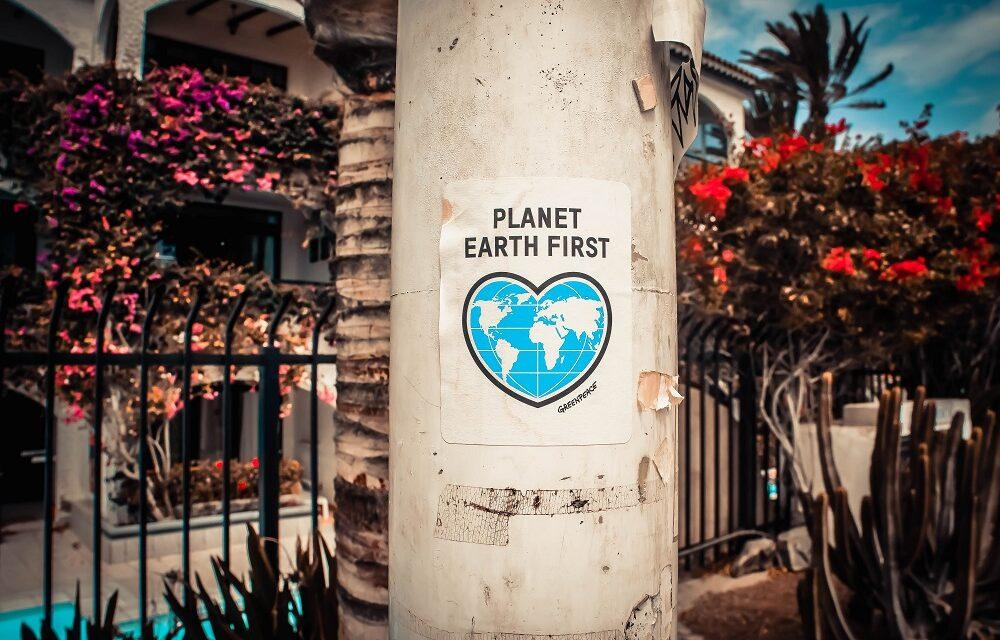How to Make Repairs Eco-Friendly: Greenpeace Recommendations
An environmentally friendly renovation is the one that has the least negative impact on both the environment and the future tenants of the apartment/house. Of course, sustainability will depend on the materials you choose and how you use them. When choosing materials, give preference to those that have eco-certification. The presence of a type I eco-label means that the product is manufactured in compliance with certain standards and does not harm the environment throughout the entire life cycle: from the extraction of raw materials to utilization.
Doors and Windows Installation
Most likely, you will be challenged to select between PVC and wooden windows/doors. In all respects (and even in price, if local producers are preferred), the wooden alternatives win. When ordering the windows and doors installation & replacement on https://buildmart.ca/, consider picking the wooden items, and here is why:
PVC volumes in construction waste are steadily increasing. A wooden window can become compost or pellets, an energy resource that can replace oil, coal, gas, etc.

Floor Covering
Choose natural substrates for flooring: coniferous and cork. The most non-environmentally friendly option is foamed polyethylene and polystyrene. Linoleum can be eco-friendly and safe if you look for eco-labels. Such linoleum is made from natural fibres (for example, hemp, or linen). Everything else is just floor coverings, among which some are not very environmentally friendly (for example, PVC-based coatings). The laminate has four layers and may contain cheap and toxic ingredients such as formaldehyde resin. Look for safe, high-quality, eco-certified laminate flooring. Lacquered solid wood boards and natural parquet are more sustainable, but also more expensive options.
Finishing Materials
Choose materials that will last a long time. Conventional paints often contain fungicides and biocides. Fungicides are added to prevent mould growth, and biocides are added as preservatives to extend shelf life. Both components are toxic. Biocides may still be present in the air for up to five years after the paint has been applied. Before you buy paint, carefully read the composition on the package. Eco-friendly paint:
It is better to avoid oily paints – they have a high VOC content. Water-based, acrylic, and latex paints are considered relatively safe.
Don’t forget to consider the installation of the energy-efficient lighting options – it is better to use LED lamps, as they are more economical and durable. Good luck!







